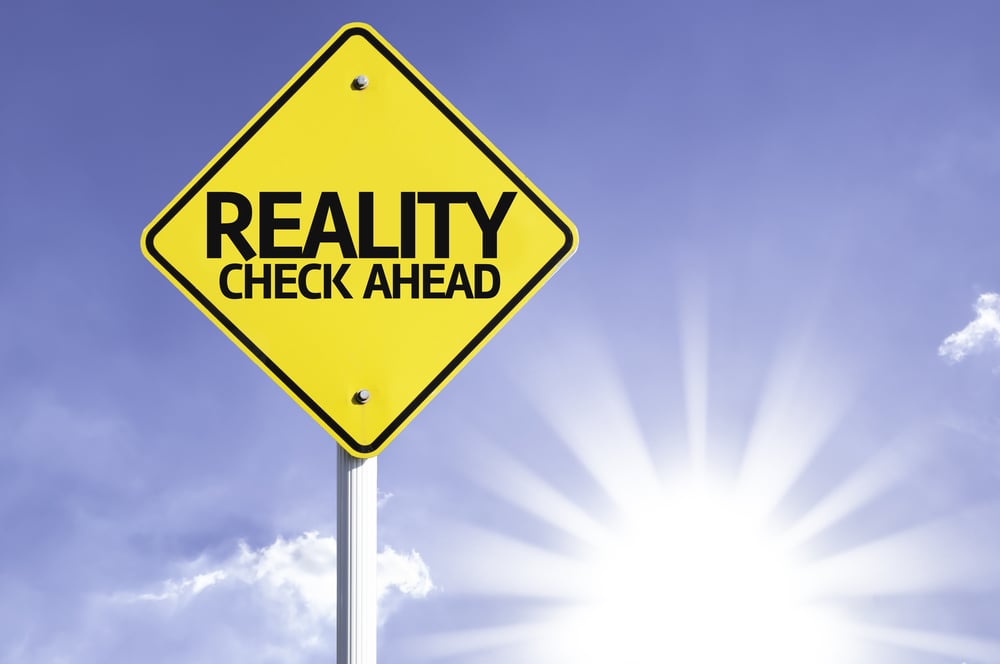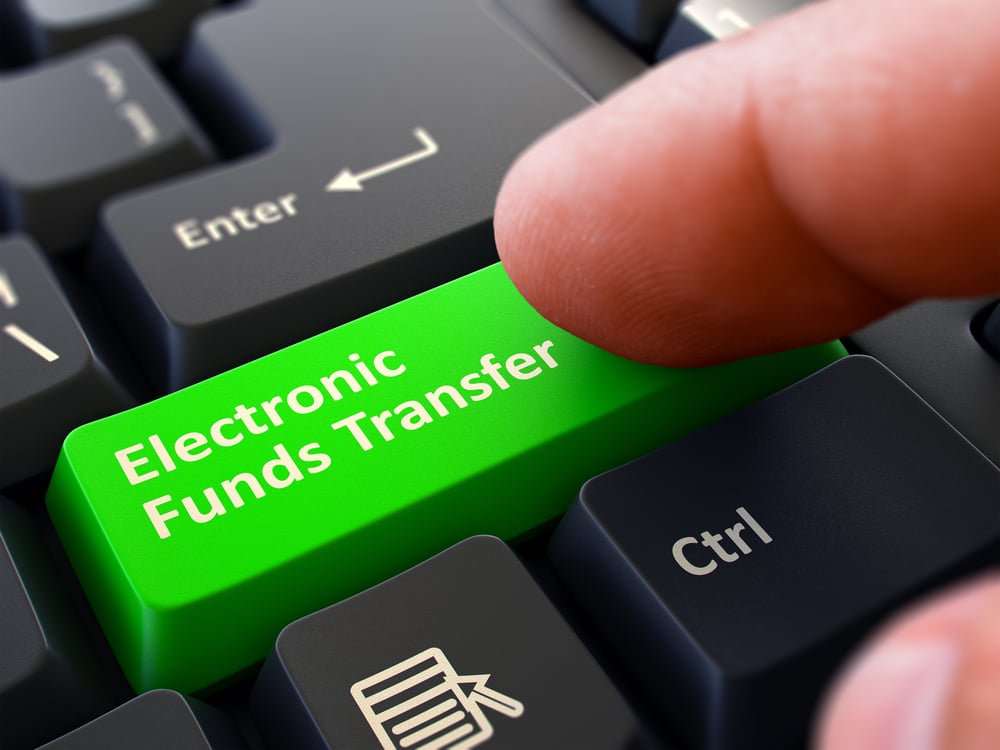
If you have customers that purchase on credit, then you already know that dunning letters (aka collection letters) are a part of doing business. Customers don’t always pay their invoices on-time and in many cases need a reminder. That’s where writing an effective dunning letter that essentially says “your account is overdue and here is how to pay us” comes in. Here are some pro tips for collecting payment on your outstanding invoices while at the same time preserving the relationship and future business with that customer.
Establish a Schedule
When it the right time to send a dunning letter?
As a general rule of thumb, companies send overdue invoice reminders (dunning letters) at 30 days, 60 days, 90 days, and 120 days past due. These are fairly standard intervals but based on your unique business or industry, can certainly be adjusted. Just keep in mind that the goal is to give customers plenty of reminders and opportunity to pay before having to escalate things to a point where an outside collections agency or legal action is required.
Get Prepared Before Sending a Letter
When a customer has reached the point where a dunning letter is required, be sure to run an updated report and gather current information about the invoice and account in question. Some companies that rely on paper-based manual collections processes or spreadsheets that are weeks or months old end up sending dunning letters to customers that have already paid. Not only is that a waste of your time and effort, it potentially damages the relationship with that customer.
Because of the nature of spreadsheets and the risk for error in manual data entry processes, many businesses have implemented more modern tools for managing invoices and collections using automated accounts receivable software.
Setting the Right Tone
As you prepare a given dunning letter, it’s important to match the tone with the situation. For example, if you’re sending the first dunning letter, it’s likely that the invoice is just a bit past-due. It could be that the customer simply forgot to pay or someone in their accounting department was out sick or on vacation. So at this point, keep the language somewhat light and focused primarily on reminding the customer that a payment is due.
If the invoice remains outstanding through 60, 90 or even 120 days, the tone of subsequent letters should change and become more aggressive.
👉 See Also: Collection Letter Samples & Templates You Can Steal
How to Send Dunning Letters
In years past, sending dunning letters through the mail was common. However, these days, many companies choose to send them via email. For obvious reasons, email is faster and more cost-effective. Furthermore, when you communicate with your customers electronically, you can leverage technology like collections software to automate the process and auto-send at certain intervals.
However, if the invoice remains unpaid for a long period of time and you move closer to sending a final demand letter (before sending to a collections agency or taking legal action), it might make sense to send a late-stage dunning letter via certified mail for additional documentation that may be helpful in a court proceeding.
What to Include In Your Letter
Now that you’ve established a schedule, gathered current invoice information, and set the right tone for the letter, here are some other important elements to include:
- Supporting details including invoice number, date, and amount
- Clearly state that the invoice is past due
- Provide payment options and desired next steps
- Provide a copy of the invoice(s) in question
A few days after you send the dunning letter, we also recommend that you follow up with a call to confirm receipt, discuss any potential disputes or discrepancies the customer may have (which may be the reason they haven’t paid), and try to secure a verbal commitment to pay.
Using Templates
Dunning letter templates and call scripts are a vital aspect of an automated and effective collections strategy. They allow you to standardize your approach so you can test and refine different variations of emails and letters to determine which version is most effective.
The Ultimate Guide to AR Collections
If you want more tips like this, click below to download our Ultimate Guide to AR Collections where you'll find 27 pages of expert advice, best practices, industry benchmarks, and loads of letter templates and call scripts.









